One-stop Solution to Electric
From circuit breakers and isolating switches to contactors, distribution boards, and panel meters, we offer a full range of safe, reliable solutions for low-voltage electrical distribution applications.
Search
- Heat Shrinkable Tubing
- Plastic items
- Flexible Metal Conduit and Connector
- Earth Rod
- Busbar Support
- Busbar
- Din Rail
- Cable Gland
- Float Switch
- Panel Board & Junction Box
- Ventilation & Heating
- Lock & Hinge
- Terminal Block
- Wiring Accessory
- Industrial Plug & Socket
- Pre-insulated Terminal
- Cable Lug
- Cable Clamp
- LAN Cable
- Sensor and Smoke Alarm
- Buzzer & Bell & Alarm Light
- Capacitor
- Voltage Tester & Tool
- Modular Changeover Switch
- Fuse Switch Disconnector
- Electronic Phase Switch
- Grid Solar Inverter
- Solar Combiner Box
- DC Circuit Breaker
- DC Fuse and Isolating Switch
- Bridge Rectifier
- Solar PV Surge Protector
- Solar PV connector & PV cable
- Tool for Solar System
- Inverter
- Solar Charge Controller
- Solar Pump Inverter
- Electrical Car Charge
-

TSB3-63 Miniature Circuit Breaker
-
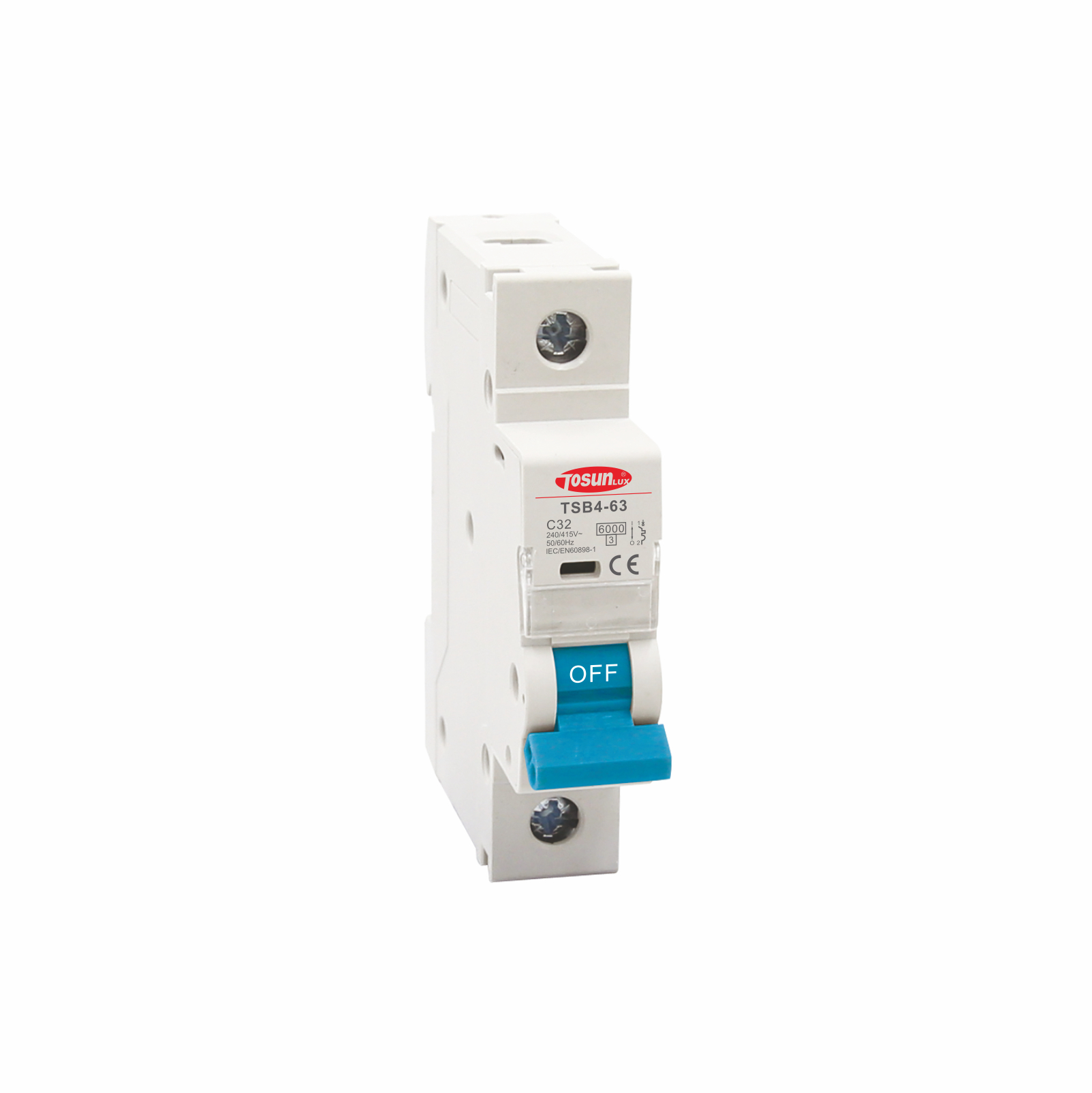
TSB4-63 Miniature Circuit Breaker
-
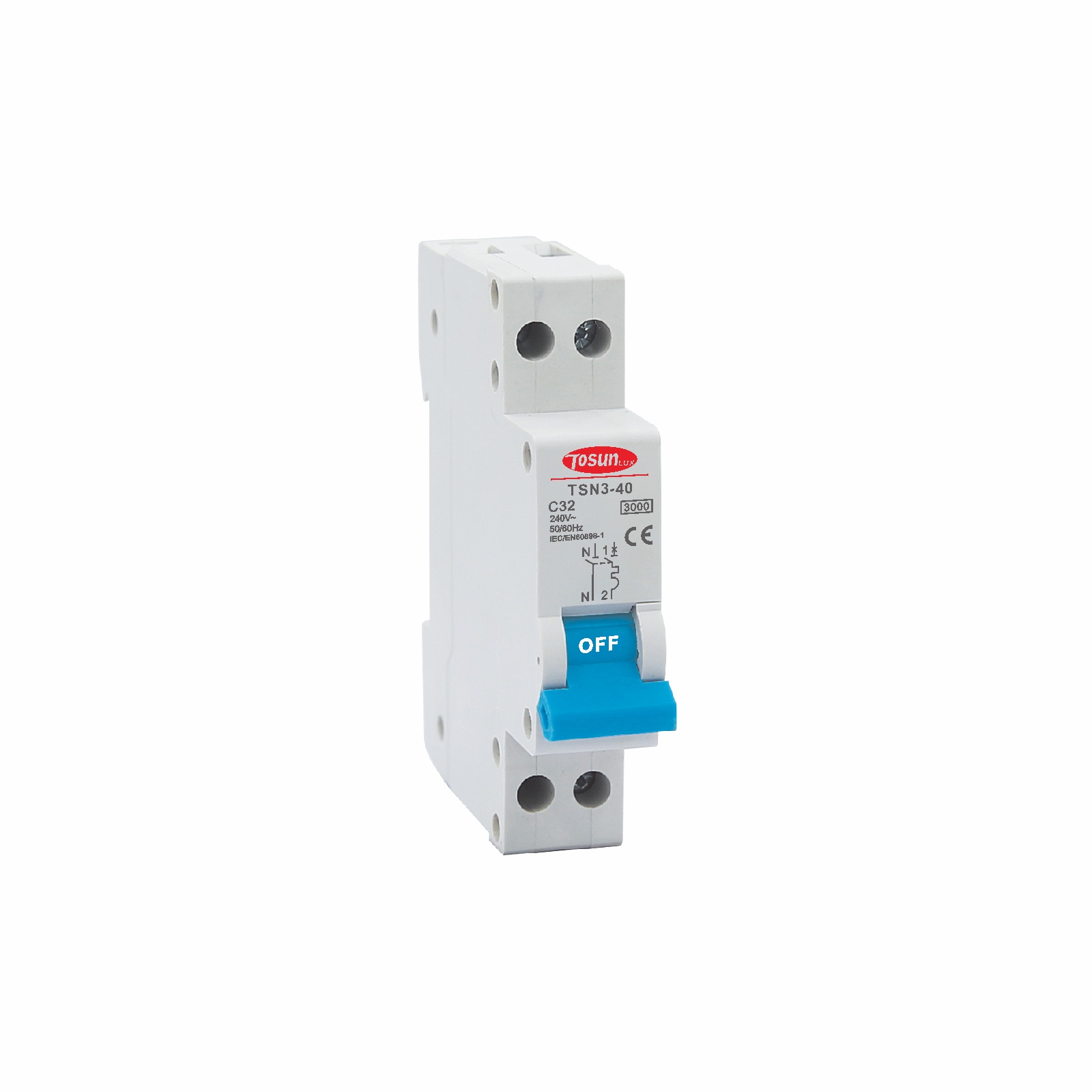
TSN3-32 Miniature Circuit Breaker
-
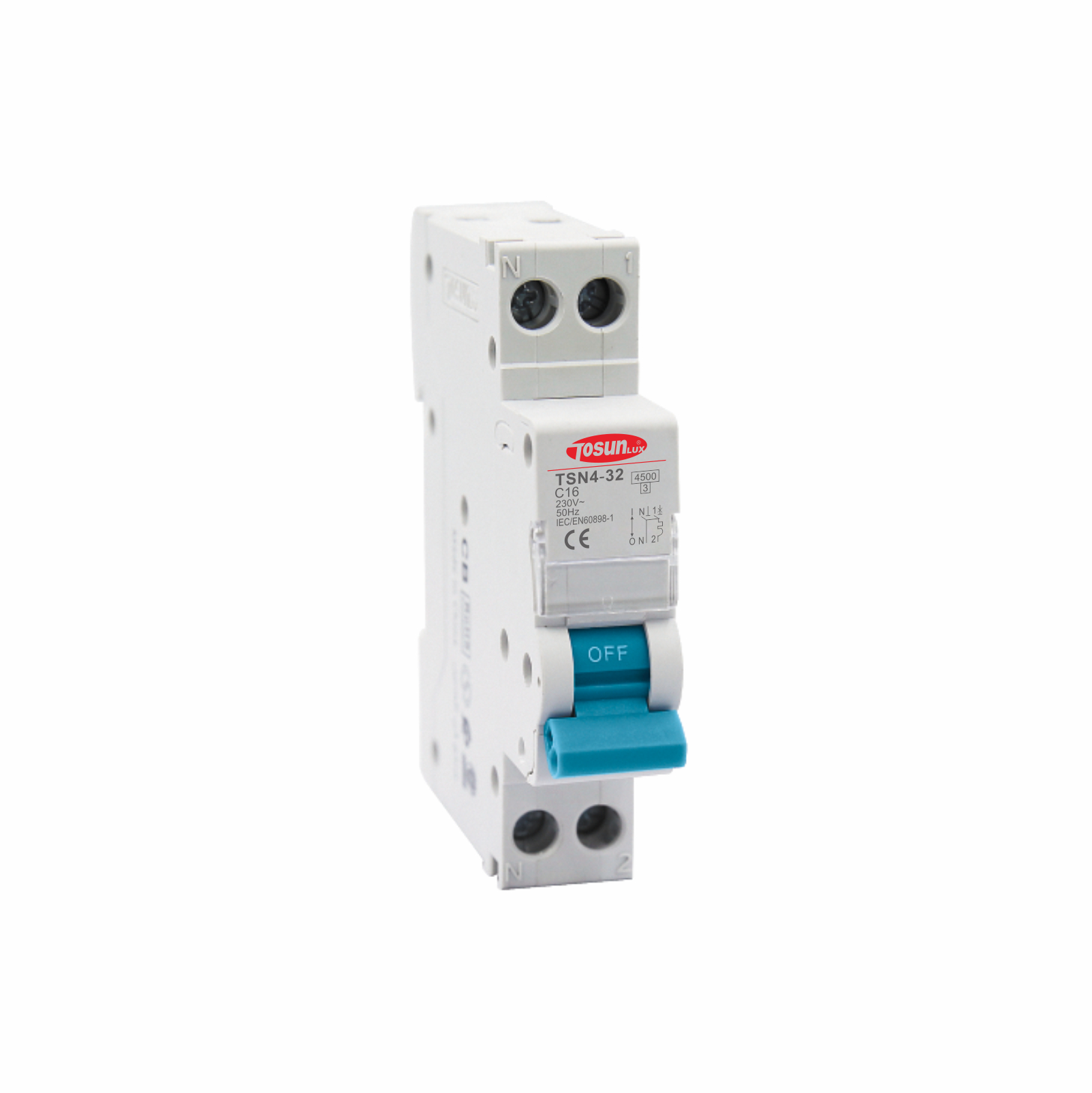
TSN4-40 Miniature Circuit Breaker
-

TSB3-125 Miniature Circuit Breaker
-
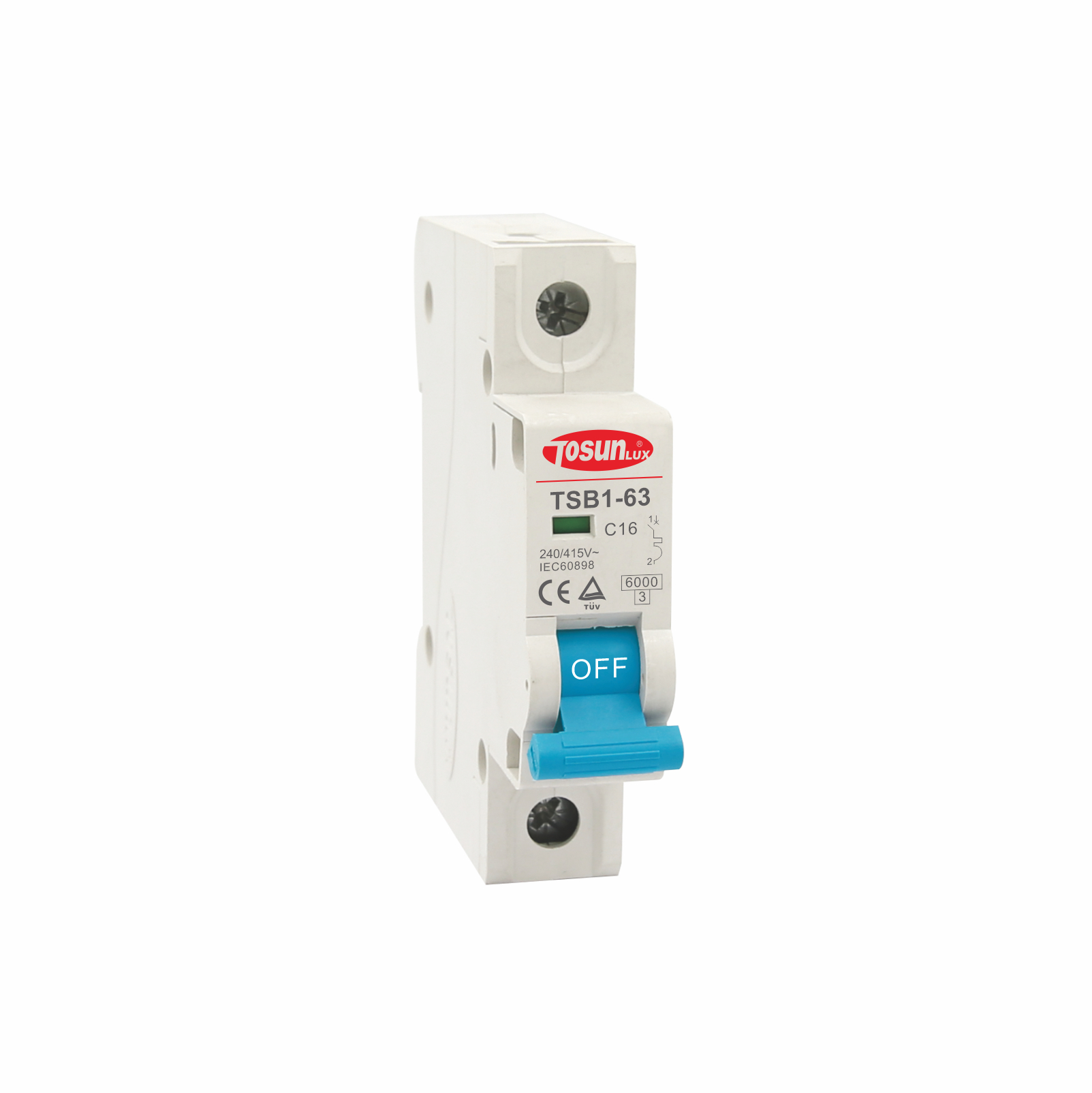
TSB1-63 Miniature Circuit Breaker
-
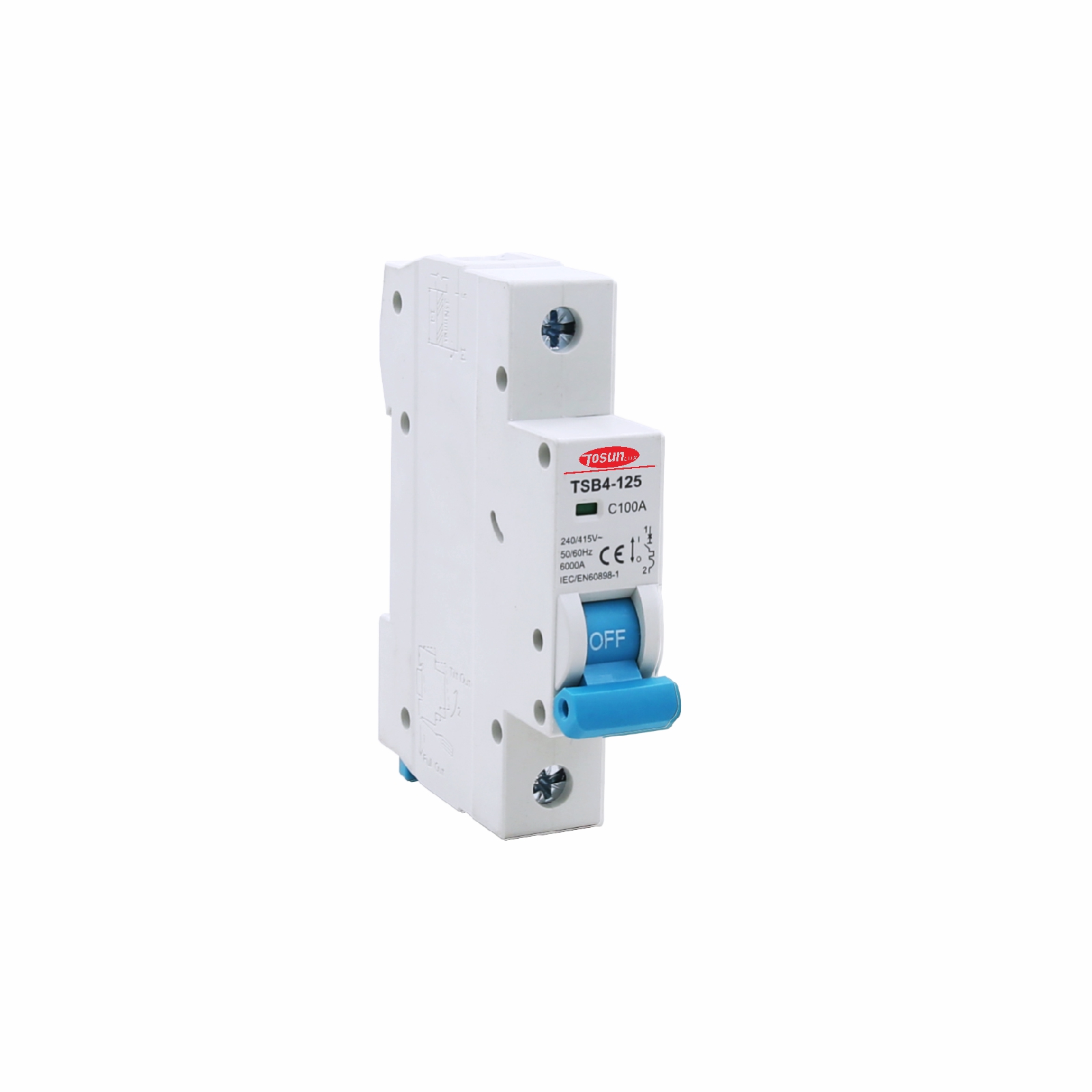
TSB4-125 Miniture Circuit Breaker
-
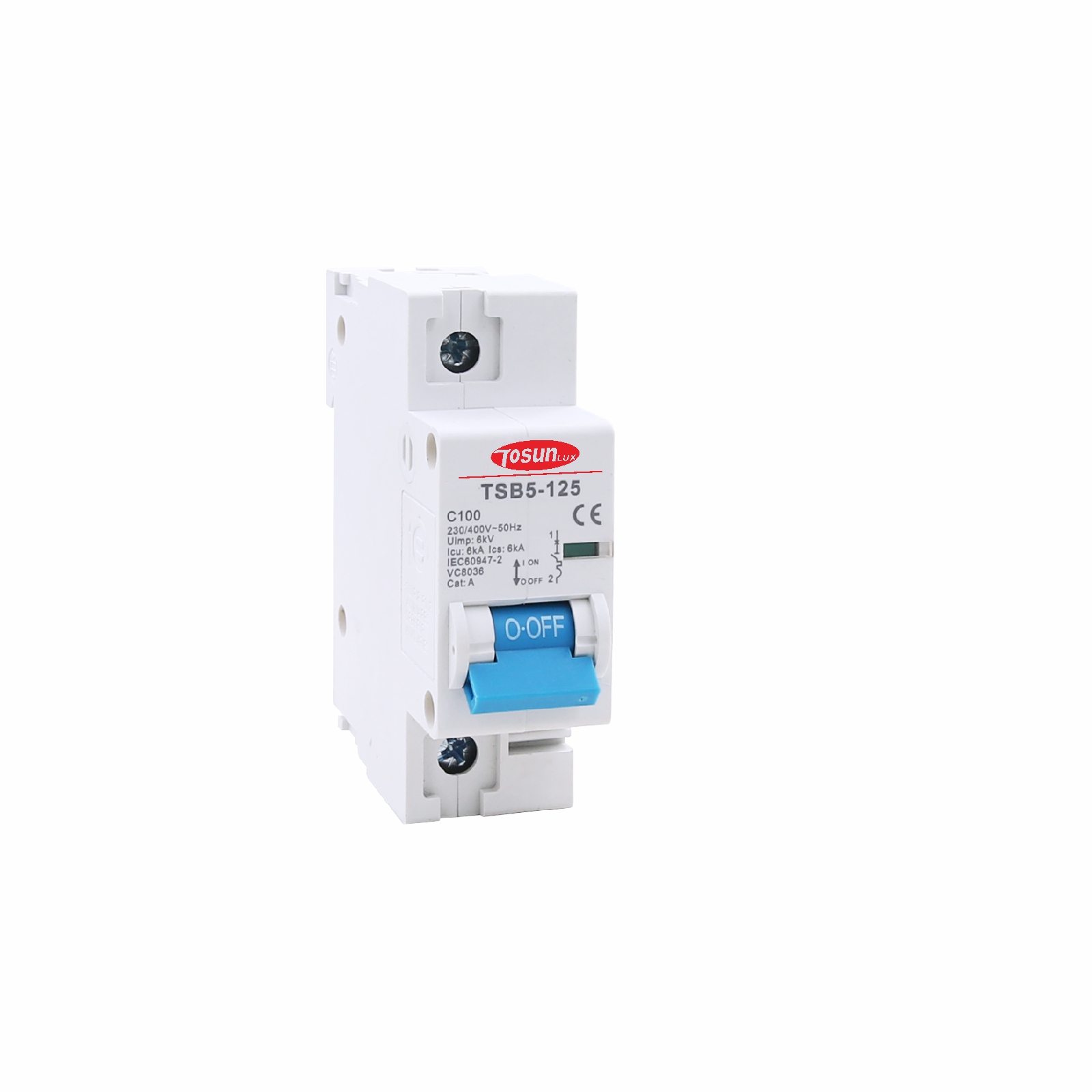
TSB5-125 Miniture Circuit Breaker
-

TSL3-100 Residual Current Circuit Breaker
-
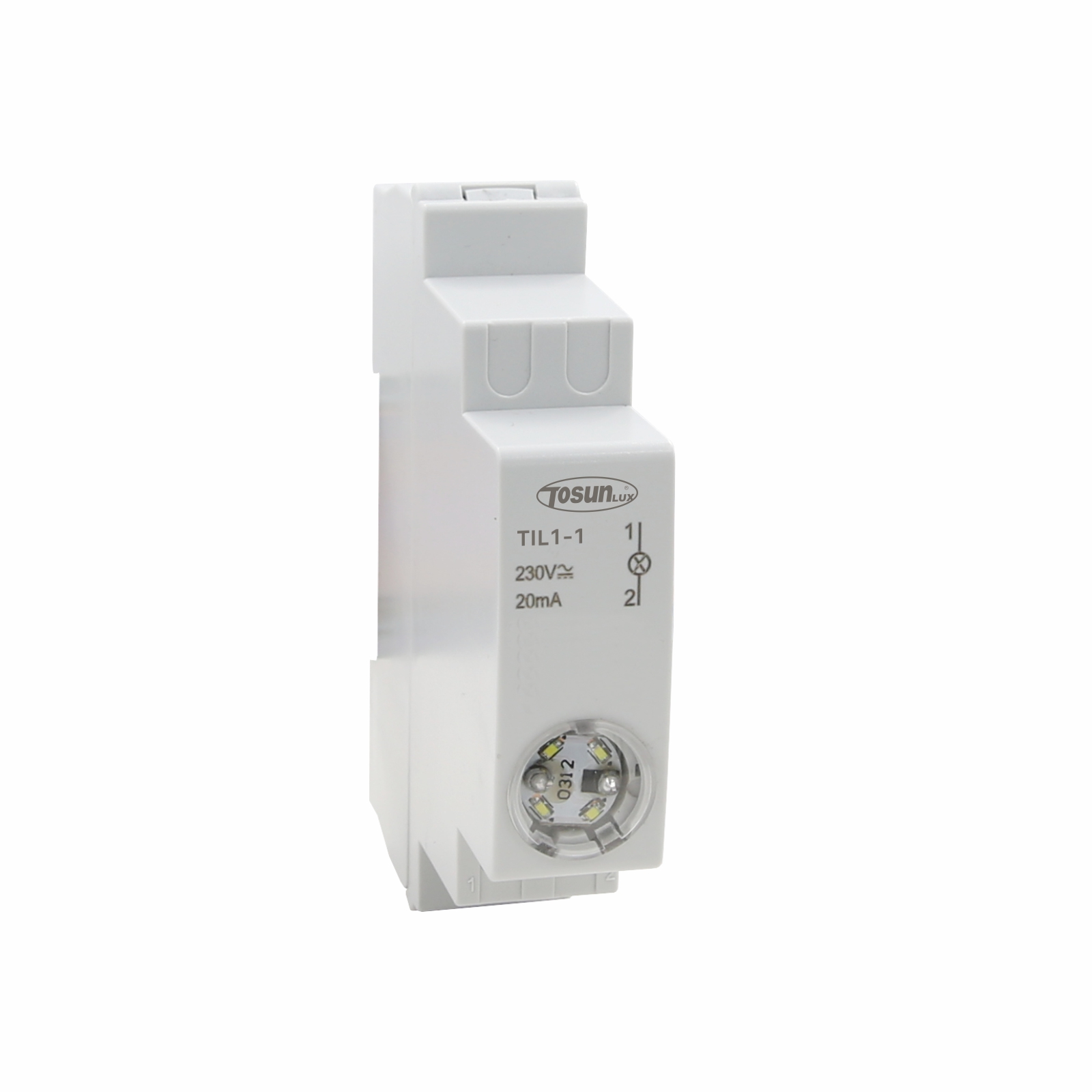
TIL1 Modular Indicator
-

TPB1 Modular Pushbutton
-

TIL2 Modular Indicator
Search
- Heat Shrinkable Tubing
- Plastic items
- Flexible Metal Conduit and Connector
- Earth Rod
- Busbar Support
- Busbar
- Din Rail
- Cable Gland
- Float Switch
- Panel Board & Junction Box
- Ventilation & Heating
- Lock & Hinge
- Terminal Block
- Wiring Accessory
- Industrial Plug & Socket
- Pre-insulated Terminal
- Cable Lug
- Cable Clamp
- LAN Cable
- Sensor and Smoke Alarm
- Buzzer & Bell & Alarm Light
- Capacitor
- Voltage Tester & Tool
- Modular Changeover Switch
- Fuse Switch Disconnector
- Electronic Phase Switch
- Grid Solar Inverter
- Solar Combiner Box
- DC Circuit Breaker
- DC Fuse and Isolating Switch
- Bridge Rectifier
- Solar PV Surge Protector
- Solar PV connector & PV cable
- Tool for Solar System
- Inverter
- Solar Charge Controller
- Solar Pump Inverter
- Electrical Car Charge
Tel: +86-577-88671000
E-mail: ceo@tosun.com
Skype: tosunelectric
Wechat: +86-139 6881 9286
WhatsApp: +86-139 0587 7291
Address: Room No.1001 Wenzhou Fortune Center,Station Road, Wenzhou, China
REQUEST A QUOTE
WhatsApp us
 : +86-139 0587 7291
: +86-139 0587 7291 English
English Español
Español Русский
Русский Français
Français العربية
العربية Português do Brasil
Português do Brasil Українська
Українська Türkçe
Türkçe Polski
Polski Nederlands
Nederlands Italiano
Italiano Bahasa Indonesia
Bahasa Indonesia हिन्दी
हिन्दी اردو
اردو አማርኛ
አማርኛ Հայերեն
Հայերեն ไทย
ไทย Монгол
Монгол فارسی
فارسی Shqip
Shqip Ελληνικά
Ελληνικά